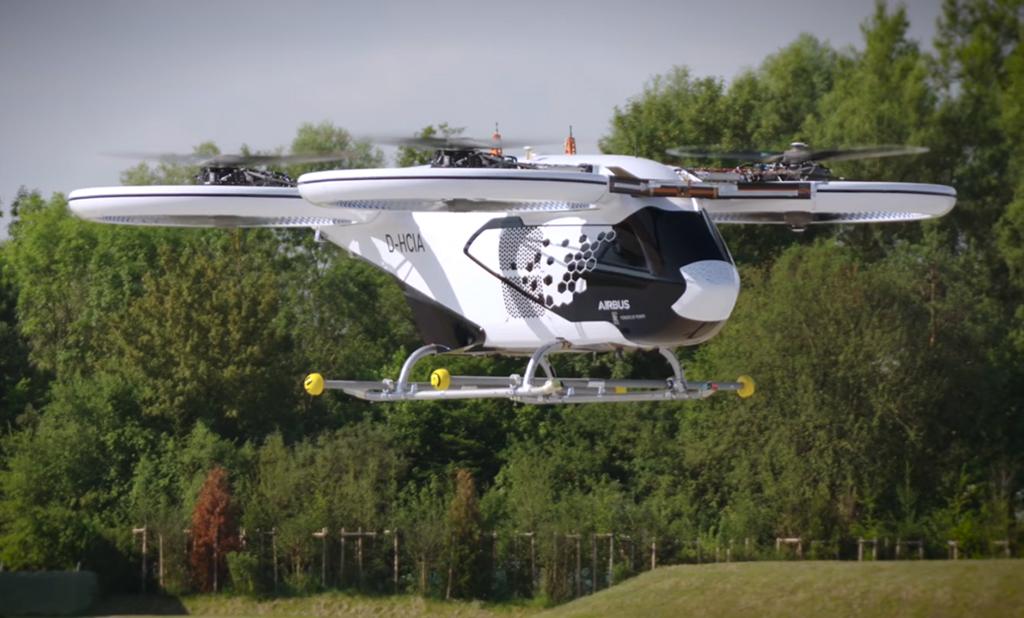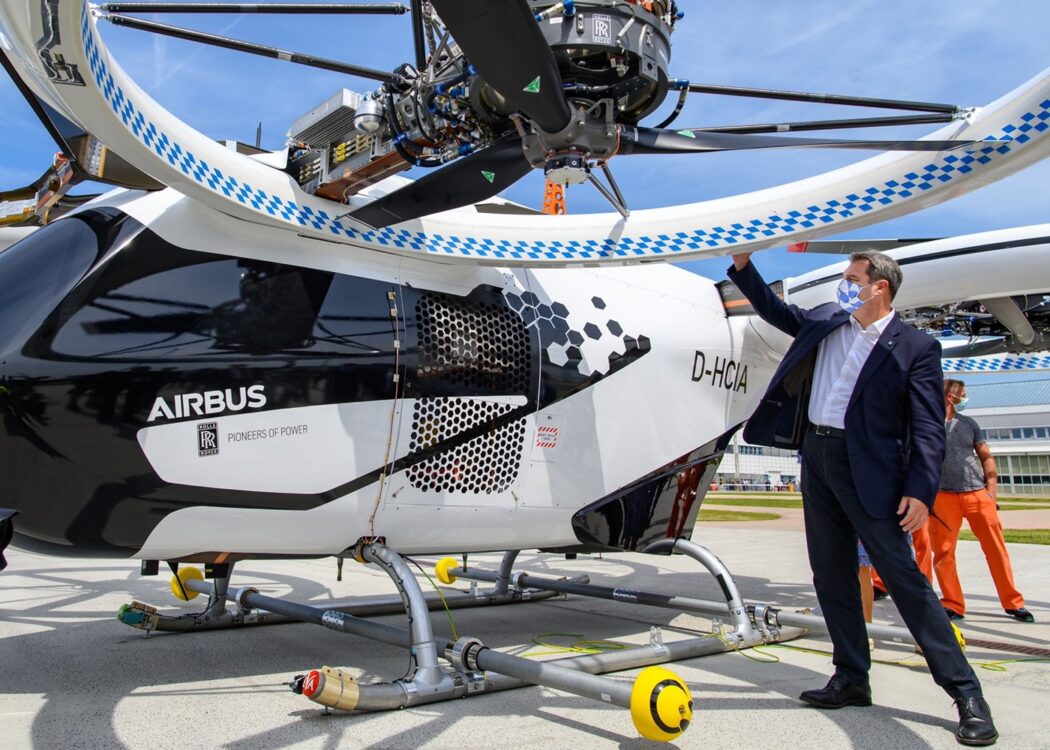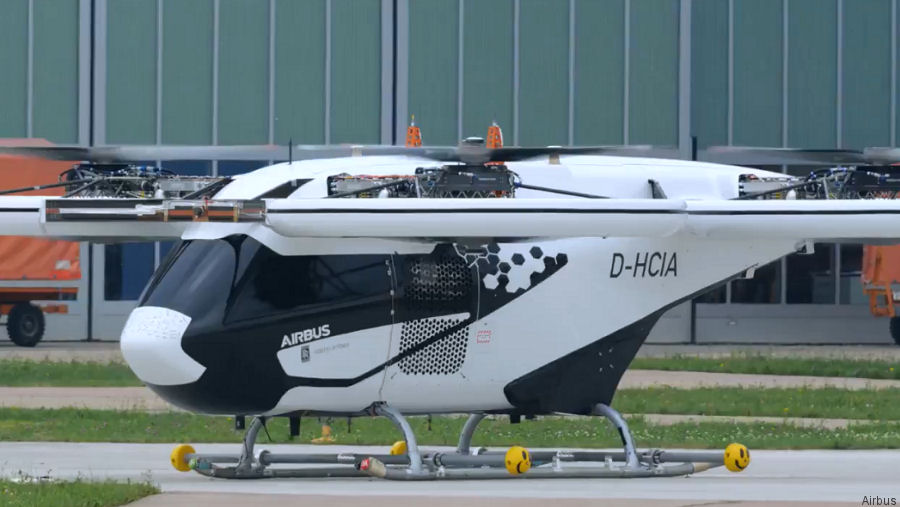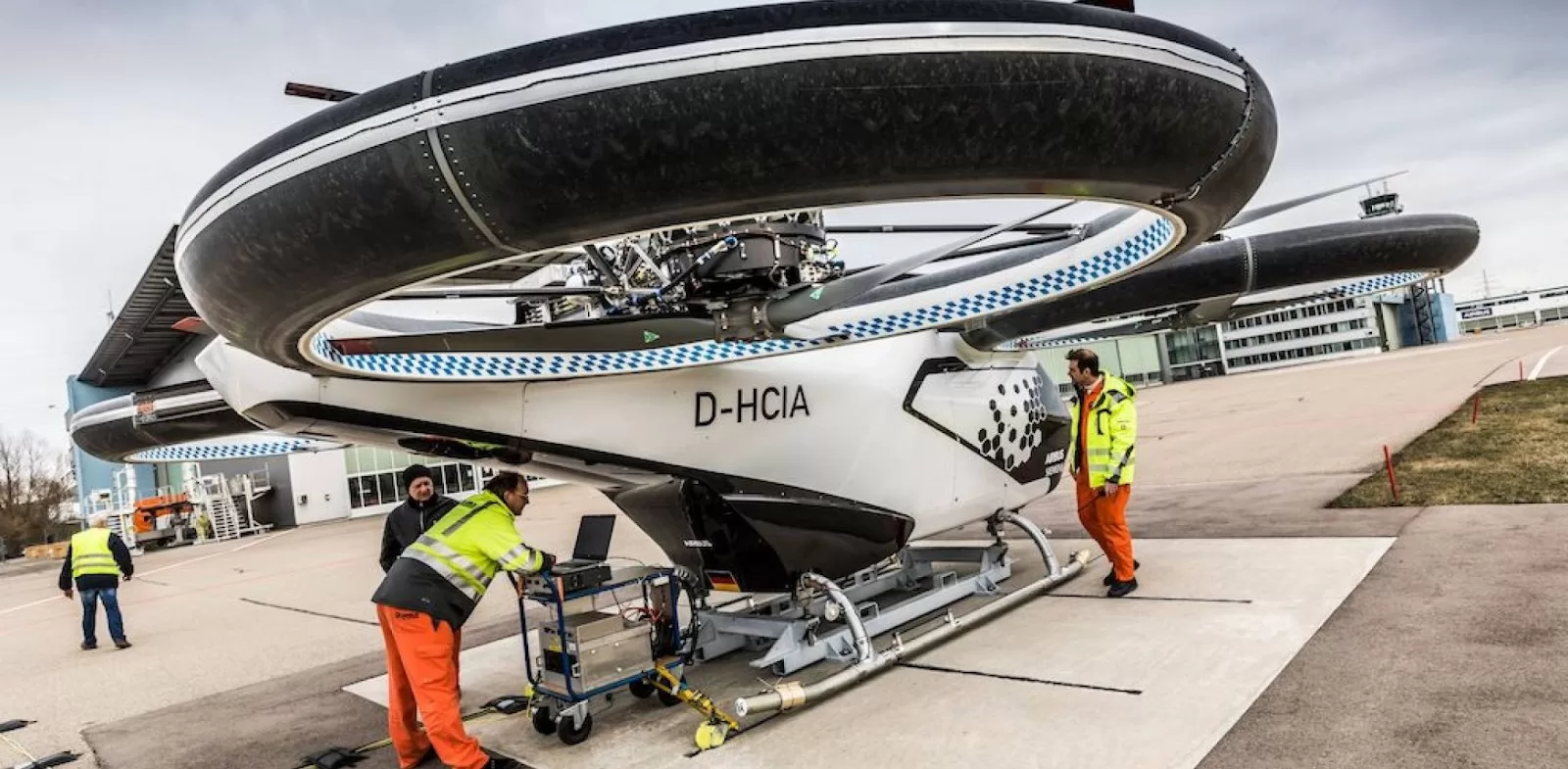This week, Airbus’s Acubed innovation center released the latest version of a simulation tool for integrating uncrewed aircraft into controlled airspace, a personalized articly by Rich Report. More than 100 stakeholders, including NASA, the FAA, EASA, and Eurocontrol, have been supporting the USim platform since 2020. In addition to drones and eVTOL air taxis, uncrewed traffic management (UTM), and other infrastructure, the USim platform will now be available to companies and organizations working in all aspects of advanced air mobility.
Each element of the UTM ecosystem is represented by a digital twin provided by USim, according to Acubed. Stakeholders will be able to test planned operations and verify interoperability between existing services in a risk-free environment with the technology, according to the company.

Scot Campbell, project executive of Airbus UTM at Acubed, explained to FutureFlight that he uses a combination of actual data and statistical approximations to model the ecosystem components. As more operational data is collected, we refine these models to simulate operations at scale.”
In 2015, Acubed, which is based in Silicon Valley, was established by the European aerospace group to allow new customers to use USim. To expedite research and development, USim will be able to simulate thousands of flight hours quickly.
As a result of the tool, the company expects to develop fundamental aspects of flight operations, such as flight planning and navigation errors. Also, researchers will be able to investigate how uncrewed aircraft traffic can be deconflicted in shared airspace while ensuring safe, efficient, and fair access to the skies for advanced air mobility services that are expected to proliferate in the near future.
According to Campbell, UTM relies on distributed airspace management as a federated system. “Rather than operating under a centralized management and control authority, UTM is instead served by a network of entities and service providers that manage traffic based on negotiation, the sharing of data, common regulations, and authoritative data. The presence of these varied entities, each In addition to adding complexity to understanding tomorrow’s UTM challenges, each has its own priorities. Simulation provides an indispensable tool to explore and assess this complexity.”

In addition to adding complexity to understanding tomorrow’s UTM challenges, each has its own prioritiesmultiple organizations to use USim for collaborative projects. The company hopes that new users would be able to test the interoperability of their vehicles and operating systems with other stakeholders, rather than doing siloed research that could become obsolete.
In addition to adding complexity to understanding tomorrow’s UTM challenges, each has its own prioritiespany Metron Aviation participating in the agency’s AAM National Campaign as one of seven industry partners. Airbus’s UTM team has also used the technology for work with Eurocontrol to develop the U-Space concept for uncrewed aircraft operations, which is expected to be rolled out in Europe during 2023.

In addition to adding complexity to understanding tomorrow’s UTM challenges, each has its own prioritiesic management across the continent. This work has included the AURA project to conduct rapid simulation exercises to validate how U-Space traffic could be integrated into controlled airspace with existing aircraft. This collaborative work is supported by the Johns Hopkins University Applied Physics Lab.
In addition to adding complexity to understanding tomorrow’s UTM challenges, each has its own prioritiesnd flight testing the single-seat Vahana technology demonstrator in 2019.



